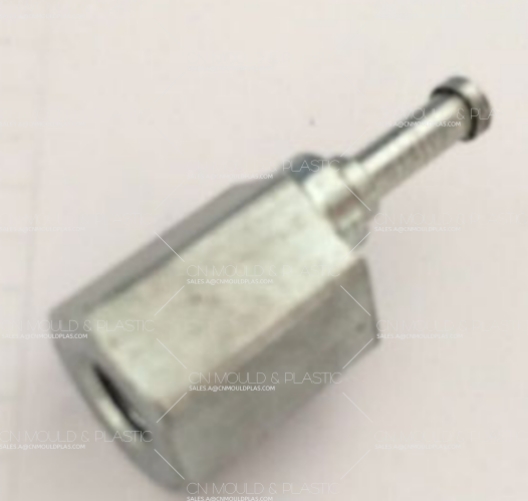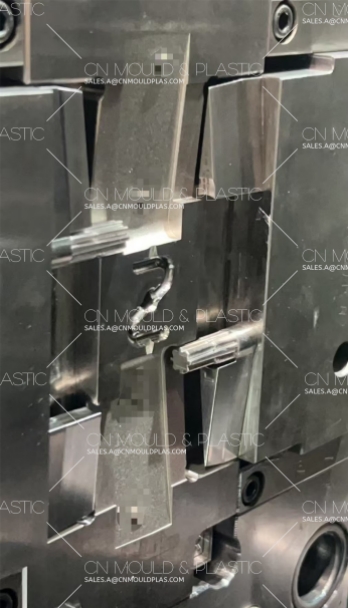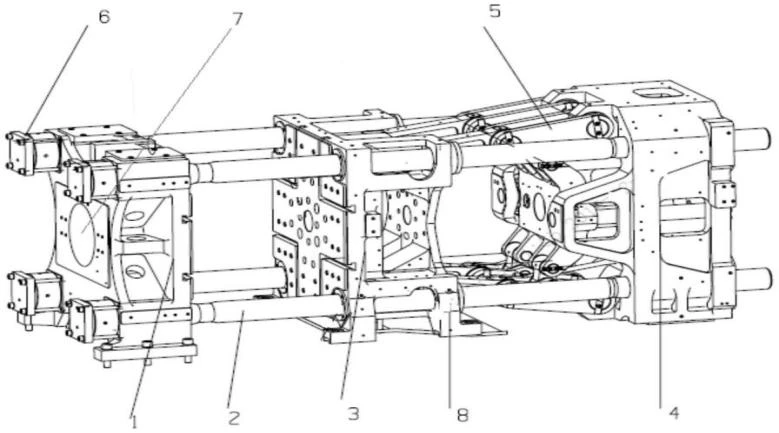The failure modes of plastic molds include wear, corrosion, plastic deformation, and fracture.
(1) Wear
Wear in plastic molds mainly manifests as dimensional wear beyond tolerance, increased surface roughness due to pitting, and deteriorated surface quality. As the number of molding cycles increases, the wear rate increases. The surface roughness of the cavity becomes larger due to pitting and scratches, resulting in poor surface quality of the plastic parts. At this point, the mold temporarily fails, but it can be reconditioned by polishing and reused.
(2) Corrosion
Plastics containing chlorine or fluorine elements, when heated to their molten state, can decompose and release corrosive gases such as HCl or HF. These gases can corrode the mold cavity surface, causing an increase in surface roughness and leading to mold failure.
(3) Plastic Deformation
The surface of the plastic mold cavity can undergo localized plastic deformation under continuous heat and pressure, leading to failure. Plastic deformation typically occurs at the corners where stress is highest, causing the edges to collapse. Additionally, deformation of the parting line can enlarge the gap, leading to flash formation, which can cause the plastic parts to be scrapped. Small molds are more prone to plastic deformation and failure when overloaded on large-tonnage presses.

(4) Fracture
When the structure of the plastic mold cavity is complex and subject to high pressure, localized stress concentrations can occur, especially when cleaning and disassembling the feed cylinder. These stress concentrations, combined with structural factors, can cause the mold to fracture. Prolonged exposure to alternating stress and temperature can also lead to the development of fatigue cracks, resulting in fatigue fracture.


